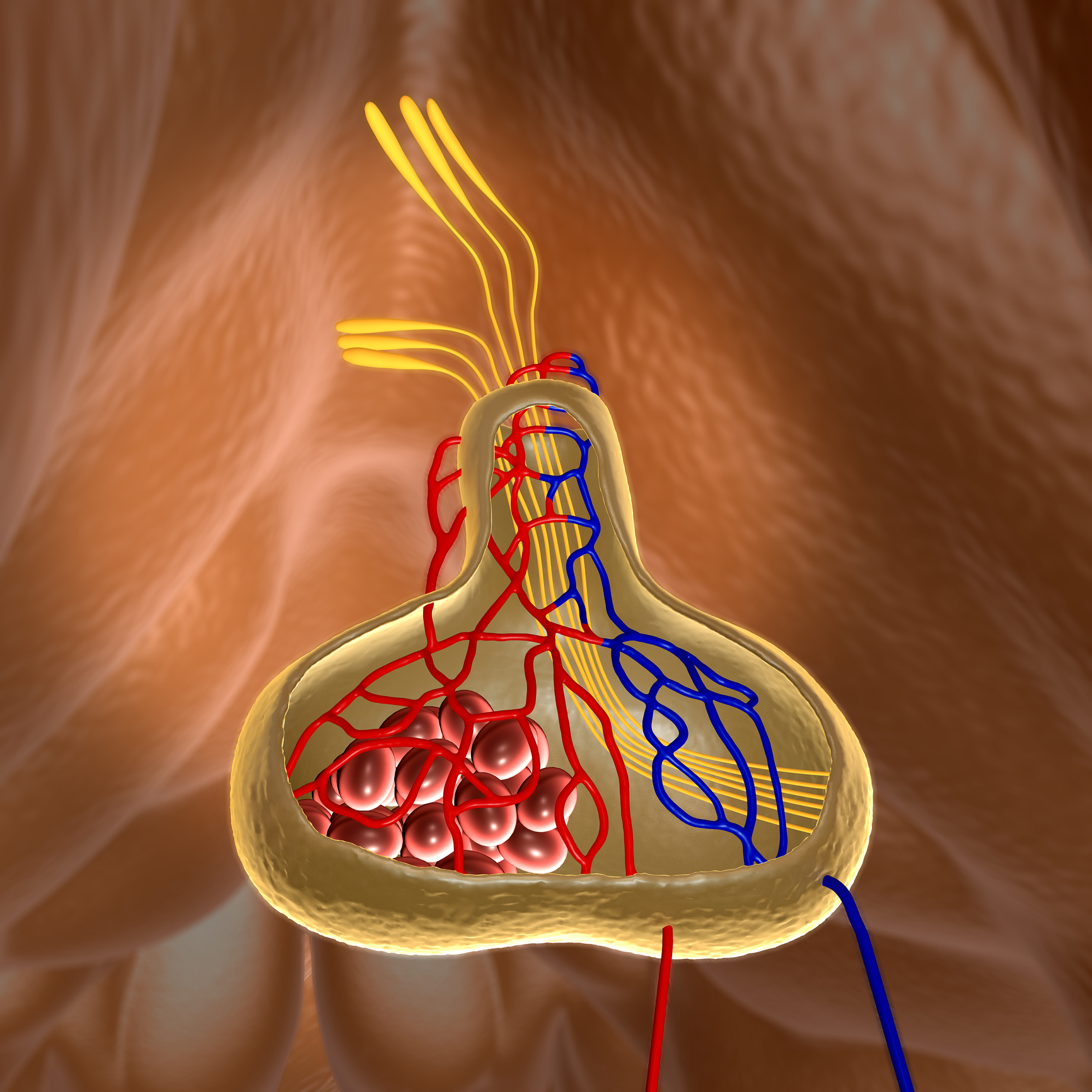For a study, the researchers sought to use a cohort of Wilson disease (WD) patients maintained at the researcher’s institution to evaluate the validity of the WD Index prospectively. The WD Index and other clinical data were analyzed from 2005 to 2018, which were collected prospectively as part of clinical management. About 52 children with WD (29 boys) were studied over a 13-year period, with a median age upon diagnosis of 11.69 (range 3.92–17.26) years. According to the PALF definition, 17 were diagnosed as part of a family screening, 17 had abnormal liver enzymes, and 18 had acute hepatic decompensation (AHD). Patients had abnormal liver enzymes and a WD Index of less than 11 in the pre-symptomatic group, but none needed LT. The WD Index was still a good predictor of Liver transplantation (LT) in WD patients with AHD, with a sensitivity of 80%, specificity of 100%, the positive predictive value of 100%, and negative-predictive value of 80%, respectively. Patients who had an index of 8–10 also needed LT for a median of 58 days (IQR 48–135 days). WD patients with AHD with an index of more than or equal to 11 should receive LT. Within the first 2 months of admission, children with a WD Index of 8 to 10 require close monitoring because LT may be required.
Source:journals.lww.com/jpgn/Abstract/2022/04000/Re_evaluation_of_King_Wilson_Index_in_Children.16.aspx


